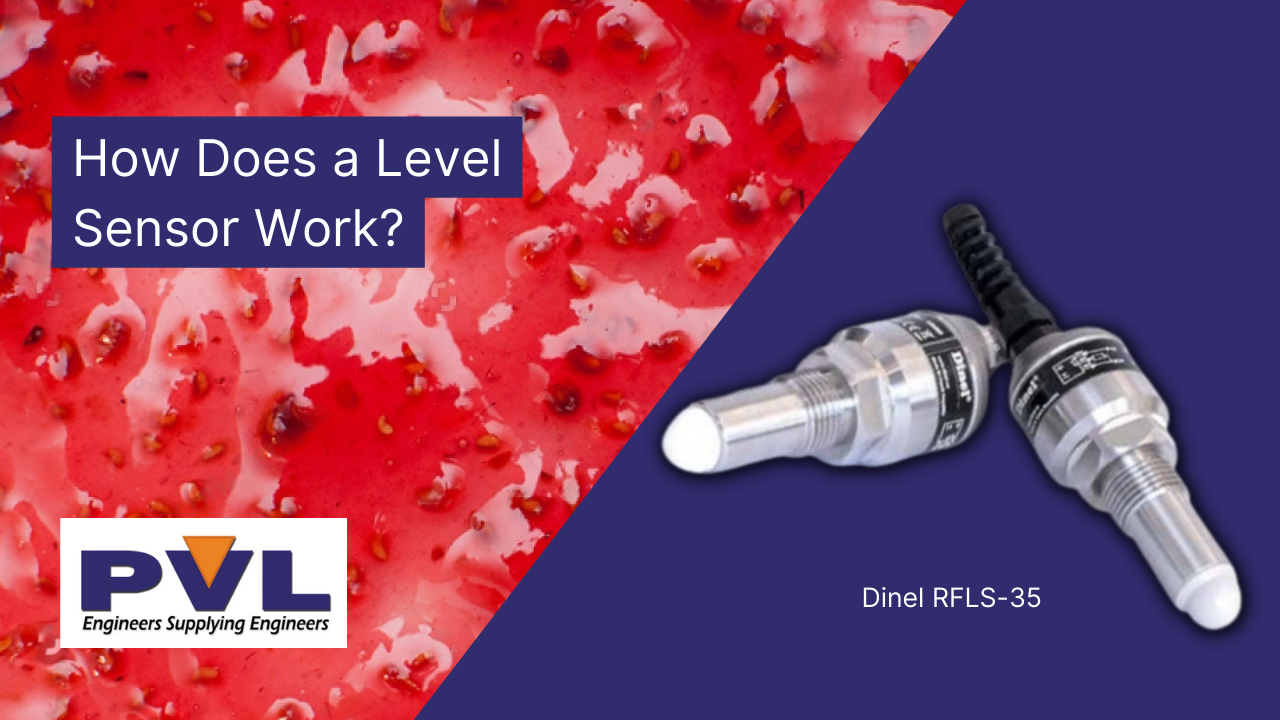
How Does a Level Sensor Work?
Have you ever wondered how industries and machines know how much liquid or material is in a tank or container? Well, that's where level sensors come into play! Level sensors are clever devices used to measure the amount of liquid, powder, or solid material in a container, and they do so without the need for any physical contact.
Let's take a closer look at how these nifty sensors work in this blog post.
Types of Level Sensors
Various types of level sensors are available, but one of the most common and straightforward types is the "float-type" level sensor. Picture a buoy floating on water. When the water level rises, the buoy rises along with it. Similarly, float-type level sensors use a buoyant object (like a float) in the liquid or material being measured. As the level of the liquid changes, the float moves up and down accordingly.
Buoyancy Principle
The magic behind how a level sensor works lies in the principle of buoyancy. The float is designed to be less dense than its measuring liquid or material. This buoyant float is connected to a lever or arm that pivots around a fixed point.
Lever Mechanism
The float rises when the liquid level increases, causing the lever to tilt in one direction. This movement can be converted into a useful measurement using various techniques, such as electrical sensors or mechanical linkages.
Electrical Sensors
Many modern level sensors translate the lever's movement into an electrical signal. This is done using a small device called a potentiometer. A potentiometer is like a mini adjustable resistor. As the lever moves, it changes the resistance of the potentiometer. This change in resistance is then converted into an electrical signal that indicates the liquid's level.
Application of the Measurement
The electrical signal produced by the level sensor can be used in different ways. Sometimes, the signal is sent to a display unit showing the current level. The signal controls valves or pumps, in other cases, ensuring the liquid level remains within a desired range. This is particularly useful in manufacturing, chemical processing, and water management.
Advantages of Level Sensors: Level sensors offer several advantages
First and foremost, they provide accurate and reliable measurements of liquid levels, which is crucial for maintaining the proper functioning of machines and processes. Additionally, since they don't require physical contact with the measured liquid or material, there is minimal risk of contamination or interference with the process. Furthermore, they are relatively simple to install and maintain, making them cost-effective solutions for various industries.
Summary
Level sensors are essential devices that make it possible for industries and machines to keep track of liquid and material levels accurately. By utilising the principles of buoyancy and clever engineering, these sensors provide valuable information to ensure smooth operations in various sectors. So, the next time you see a tank or container, remember that there might be a level sensor working behind the scenes to keep everything in check!
Contact Us
Pressure Vacuum Level Ltd has been selling high-quality level sensors for over 28 years. PVL provides these devices for various industries.
Don't hesitate to contact us if you have any questions about our level sensors by emailing sales@pvl.co.uk or calling +44 (0) 1892 66 44 99


